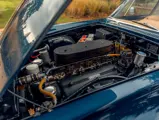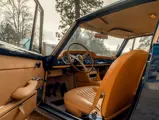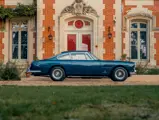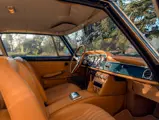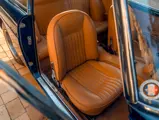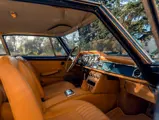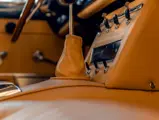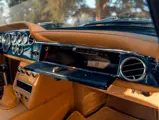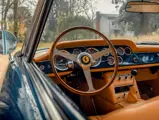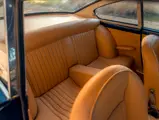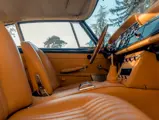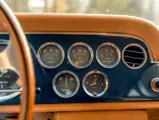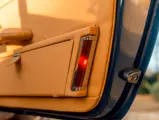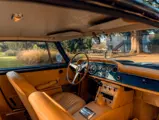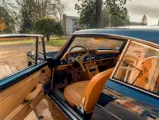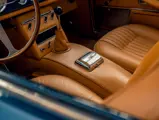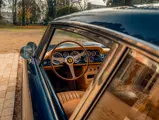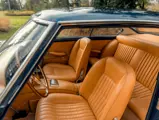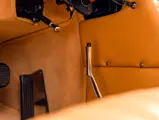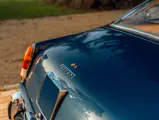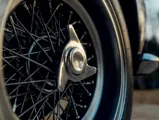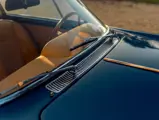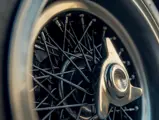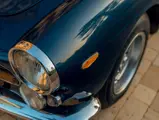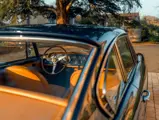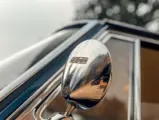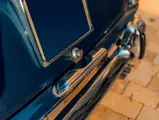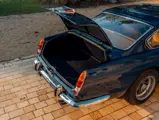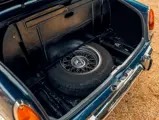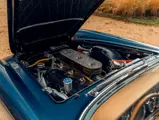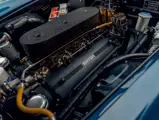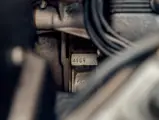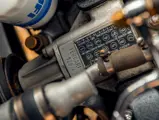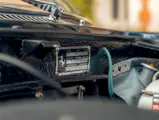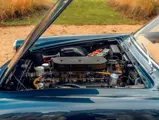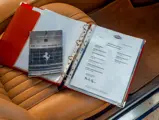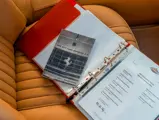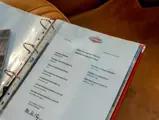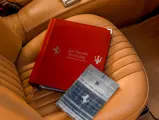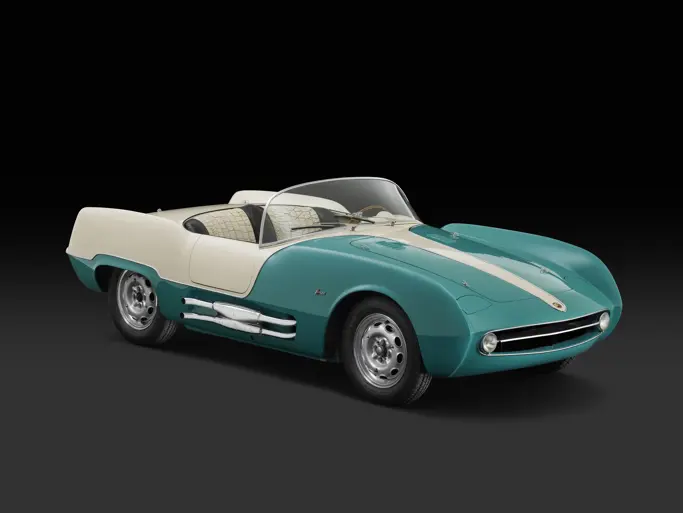Paris 2024
1963 Ferrari 250 GTE 2+2 Series III by Pininfarina
{{lr.item.text}}
€387,500 EUR | Sold
 | Paris, France
| Paris, France
{{internetCurrentBid}}
{{internetTimeLeft}}

- The 191st of 300 250 GTE 2+2 Series IIIs built
- An Italian delivery example, remaining in Italy until 2019
- Subject to a nut-and-bolt restoration from 2015 to 2017
- Finished in its factory-correct colour of Blu Sera over a Tan leather interior
- Powered by its matching-numbers 3.0-litre Colombo V-12 engine
- Le 191ème des 300 exemplaires de 250 GTE 2+2 produits
- Voiture destinée au marché italien, restée en Italie jusqu'en 2019
- A fait l'objet d'une restauration totale de 2015 à 2017
- Couleurs correctes d'usine, "Blu Sera" avec intérieur en cuir beige
- Équipée de son V12 Colombo 3 litres d'origine, numéros concordants
Rolling off the production line on 28 March 1963, this Ferrari 250 GTE Series III was specified in the elegant shade of Blu Sera, complemented by a Beige Connolly leather interior. Two days later, the car arrived at Ferrari agent Fontanella & Co. in Torino and was promptly handed over to its first owner, Franco Rol. Mr. Rol retained chassis 4689 for six months before selling to Giovanni Calvi in January 1964. This 250 GTE 2+2 changed hands six further times from January 1964 to July 1986, when it was purchased by the North Italian Racing Team in Carpi. They removed the bumpers, painted the car red, fitted a roll bar, and proceeded to compete in the Targa Florio Classica and the Coppa del Appennino.
In September 1999, Maurizio Flammini acquired chassis 4689 from the race team and in his 16th year of ownership had taken the decision to return the 250 GTE to factory specification. Restored in Italy, the car was completely stripped, the bodywork ice-blasted to preserve the precious steel, before being painted in the factory-correct colour of Blu Sera. The engine was reported to be healthy by Joe Macari’s workshop, after an estimated 100,000 kilometres, with only minor revisions to the carburettors, distributor, and the dynamo. Completed in 2017, chassis 4689 was retained for two more years before being acquired by the consignor in 2019.
This Ferrari 250 GTE 2+2 Series III has been found to retain its matching-numbers engine, and is accompanied by a Massini Report, Estratto Cronologico, Owner’s Manual, and history file.
Sortie de la ligne d'assemblage le 28 mars 1963, cette Ferrari 250 GTE Série III a été commandée dans l'élégante couleur "Blu Sera", complétée par un intérieur en cuir Connolly beige. Deux jours après, cette voiture est arrivée à Turin chez l'agent Ferrari Fontanella & Co, qui l'a sans tarder livrée à son premier propriétaire, Franco Rol. Celui-ci a gardé la voiture pendant six mois, puis l'a cédée en janvier 1964 à Giovanni Calvi. De janvier 1964 à juillet 1986, cette 250 GTE 2+2 a changé de mains six fois avant d'être achetée par le North Italian Racing Team, à Carpi. Après avoir déposé les pare-chocs, installé un arceau de sécurité et repeint la voiture en rouge, l'équipe a participé à la Targa Florio Classica et la Coppa del Appennino.
En septembre 1999, Maurizio Flammini a acheté cette Ferrari (châssis n°4689) à l'équipe de course et, 16 ans plus tard, il a pris la décision de lui rendre sa configuration d'origine. Restaurée en Italie, la voiture a été complètement démontée, la carrosserie à été sablée à la glace pour préserver le précieux acier, avant d'être peinte dans la couleur correcte d'usine "Blu Sera". Avec un kilométrage estimé de 100 000 km, le moteur a été considéré comme en bon état par l'atelier de Joe Macari et n'a nécessité qu'une révision mineure des carburateurs, du distributeur et de la dynamo. La restauration s'est terminée en 2017 et, deux ans plus tard, en 2019, cette voiture a été achetée par son actuel propriétaire.
Équipée de son moteur d'origine (numéros concordants), cette Ferrari 250 GTE 2+2 Série III est accompagnée d'un rapport de Marcel Massini, d'un "Estratto Cronologico", d'un manuel d'utilisateur et d'un dossier historique.



